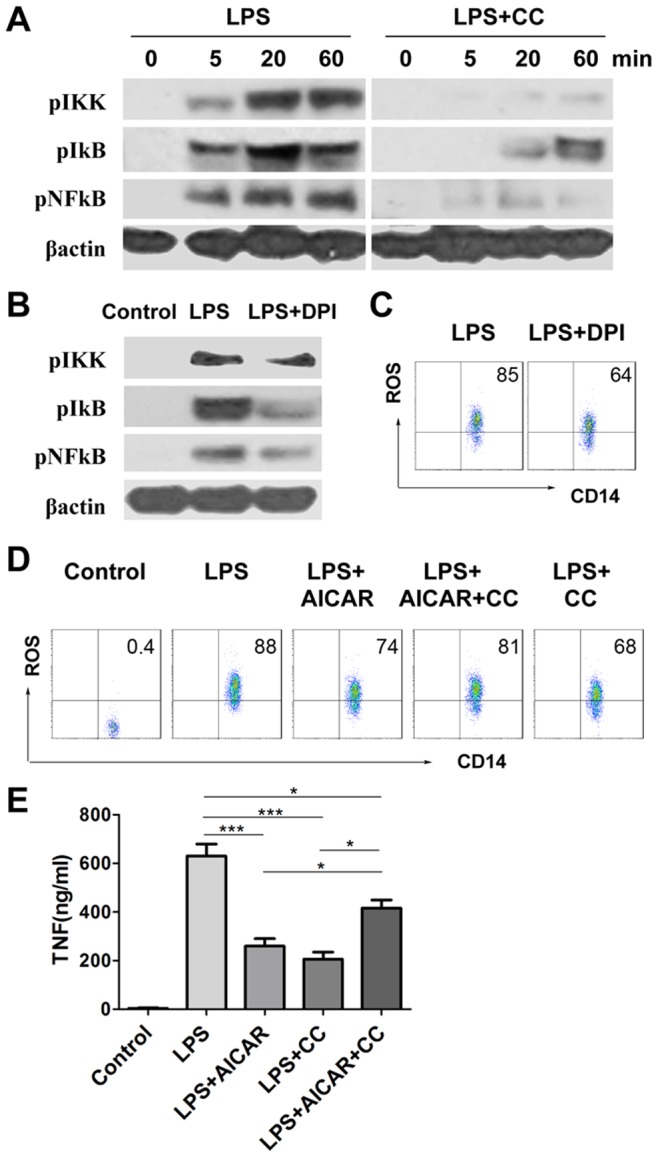Figure 3. Compound C blocks LPS induced reactive oxygen species (ROS)-NFκB signaling.

A. RAW 264.7 cells were pretreated with vehicle or 10 µM compound C (CC) for 15 min, prior to 1 µg/mL LPS challenge. Expression of pIKK, pIκB, and pNFκB p65 was determined at different time points after LPS challenge by western blot. B–C. RAW 264.7 cells were pretreated with vehicle or 10 µM diphenyleneiodonium (DPI) for 15 min, then challenged by vehicle and 1 µg/mL LPS for 60 min (B), or by 1 µg/mL LPS only for 15 min (C). Western blot (B) and flow cytometry (C) was used to determine signaling or ROS generation respectively. D. RAW 264.7 cells were pretreated with vehicle, 1 mM AICAR, 10 µM compound C, or combination of AICAR and compound C for 15 min, followed by 1 µg/mL LPS treatment for 15 min. The cells without treatment of LPS and other drugs were set up as Control. ROS generation was analyzed by flow cytometry. E. After 15 min pretreatment of vehicle, AICAR or/and compound C as described above, RAW 264.7 cells were stimulated with 100 ng/mL LPS for 18 hours. TNF levels in supernatants were measured by ELISA (n = 4). *, p<0.05; ***, p<0.005.
